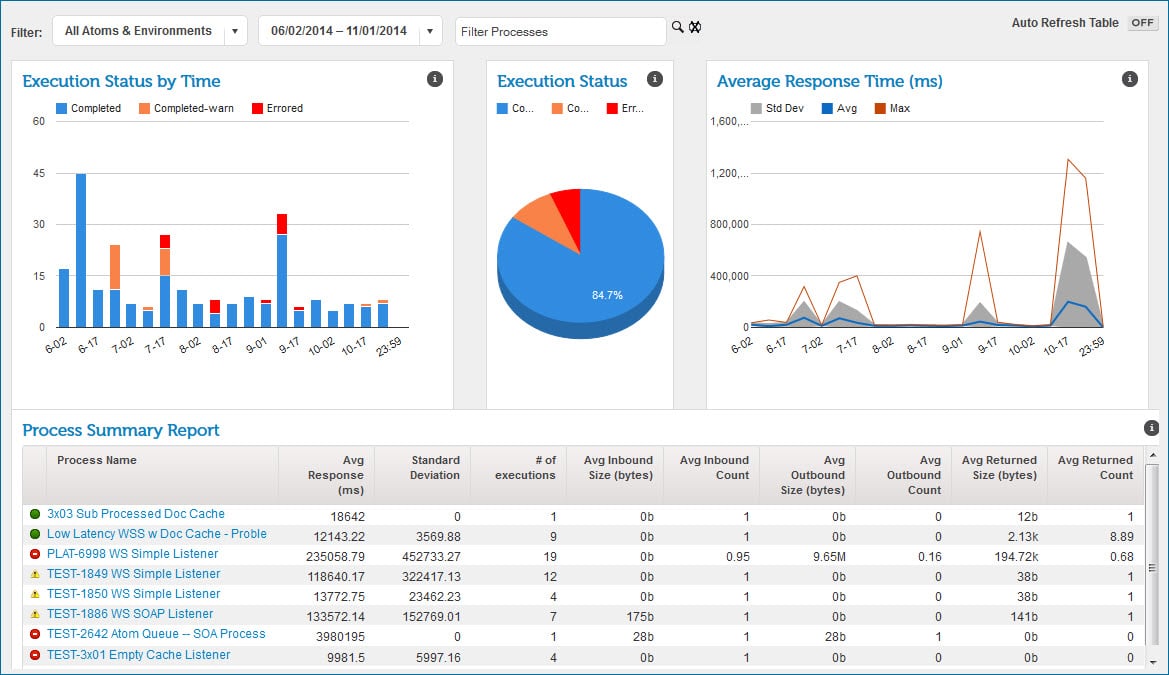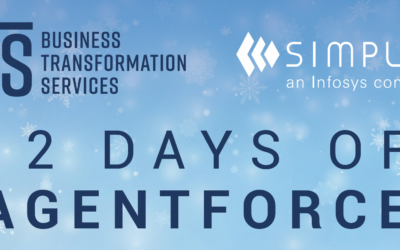With Salesforce’s acquisition of MuleSoft in 2018, the demand for MuleSoft’s Anypoint platform has grown. As a certified partner, we often use MuleSoft in our implementations. But what makes MuleSoft the standard for success compared to other integration vendors? Over a series of articles, we will be comparing integration tools to help you make informed decisions regarding your own data integration.
First, let’s take a look at how MuleSoft and Dell Boomi compare when it comes to their build approach, data charges, flexibility between on-prem and on-cloud, API management, and training.
They’re built differently
It’s important to first understand that MuleSoft and Boomi are built on entirely different frameworks. MuleSoft is an API-led network; this means it uses APIs to communicate. On the other hand, Boomi is frequently used in a traditional ETL middleware approach.
Ultimately, this means MuleSoft can connect across multiple apps and business units in your org, becoming an exponentially more powerful tool. This may seem like a small perk at first, but this distinction also means that MuleSoft has the ability to create and reuse multiple components over and over again, so you can create more editions of one single framework and expose it to other applications with ease. It makes for a great way to help build RAML through the design center and allows all user types to create API specs without much code. In developer land, that’s huge.
Core vs. connection
Moving beyond the differences in build, MuleSoft and Boomi also differ when it comes to how they charge you. MuleSoft is volume-driven, and Boomi is API-driven (also known as core vs. connection). What this means is that Boomi will charge you per endpoint—every application, every connection, has at least two points you have to pay for.
But MuleSoft doesn’t particularly care how many connections you have or what you’re connecting to. They care about the volume of records you’re processing through its platform—the core. So with MuleSoft, you’re essentially buying processing power for the volume of transactions you handle. This go-to-market strategy is very different from Boomi’s approach, and it’s also much more cost-effective for your organization as you ramp up. As you utilize more and more of the Mulesoft platform, it will grow with you without large restructuring required.
On-prem, on-cloud, and hybrid capabilities
Finally, another key distinction between these two integration vendors is their on-prem, on-cloud, and hybrid capabilities. It’s pretty simple here: Boomi only offers on-cloud and on-premise integration solutions. MuleSoft, however, has the ability to be on-prem, on-cloud, or a hybrid of each.
So If there are compliance regulations or IT restrictions that dictate how you must keep data within a firewall or IT network, Boomi probably can’t handle that. But MuleSoft can with its flexible offering and multiple integration solutions.
API management
You need an easy, reliable way to monitor and catch problems in real-time with your APIs. Once again, MuleSoft has the better option for API management. Take a look at API Manager:


The MuleSoft API Manager gives the user the ability to see—in real-time—exactly what their API network is doing, where and what records are being processed, and if APIs are down. This allows a company the opportunity to truly understand where the stress is in their organization at any moment. Additionally, the API Manager integrates well with Access Management, PingFederate, Okta, LDAPSAML, etc. to better managed SSO and enforce OAuth2 policies.
Boomi’s counterpart—Real-Time Dashboard—hardly matches up to that. The Boomi layout presents all your process information in one way: list view. It’s not terribly easy to decipher and is ultimately the less robust information source for your APIs.


So for a more user-friendly, intuitive layout and richer information as you manage your APIs, MuleSoft’s API Manager is undoubtedly the way to go.
Training
Finally, the training side of these two tools is in stark contrast. Especially with the acquisition of MuleSoft by Salesforce, MuleSoft has a far more comprehensive and easy-to-use training network than Boomi.
Boomi offers an online training system, and that’s nice. But there’s not much more to it. On top of that, this training platform isn’t the easiest to use and often runs into problems. Overall, it’s just not that exciting compared to the robust training offering you can find with MuleSoft and Salesforce.
With the Salesforce Trailhead program MuleSoft is now transitioning over to, MuleSoft has a huge advantage. The Salesforce ecosystem is full of videos, webinars, in-person certification classes, online offerings, and countless partners eager to help ramp up users on the various facets of Salesforce. For MuleSoft, specifically, MuleSoft already comes with its own network of online and in-person classes, monthly meetups at MuleSoft hubs to discuss anything and everything API, and a touring series that offers people looking to get certified the chance to do so. When an already impressive training program like that is getting together with another massive training network such as Salesforce Trailhead, you can bet that the resources and support for MuleSoft users will be unparalleled.
Overall, MuleSoft is the better data integration choice because it offers a more flexible and scalable solution that provides developers with the business functions they need in this digital age. Boomi will take more time to develop, learn, and integrate into your organization, whereas MuleSoft won’t.
If you’re considering an integration project, Simplus has experts in the integration field who would love to talk to you about your needs.















0 Comments